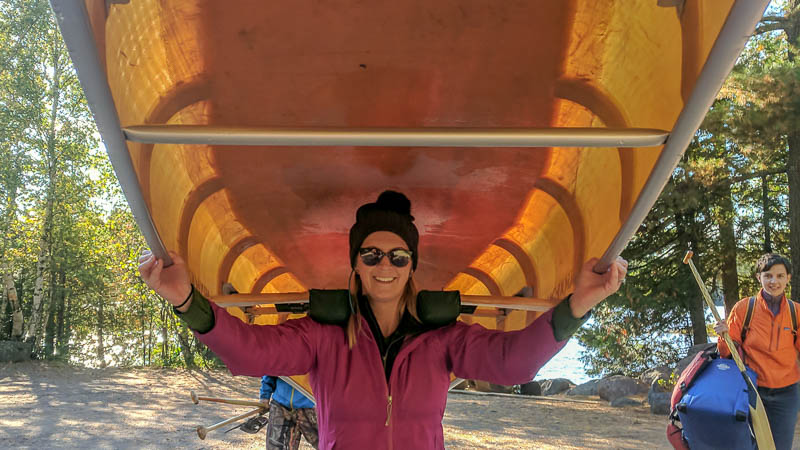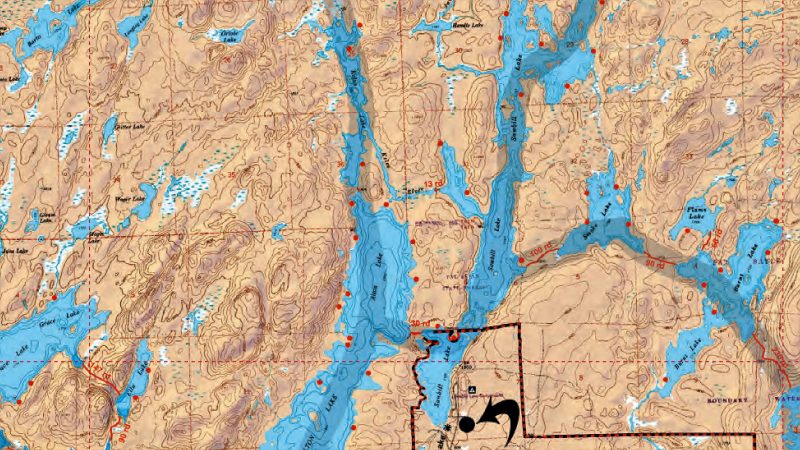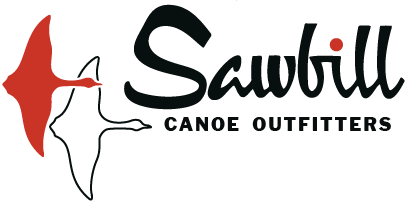The Kelso Loop provides all the natural beauty, fishing and wildlife possibilities, solitude and adventure of a week-long canoeing trek–all in an afternoon. Looking for the perfect day trip? Grab the necessities (kids, lunch, camera, bathing suit, etc.) and come on up! Sawbill Canoe Outfitters will outfit you with canoes, paddles, life vests, and anything else you need–no reservation necessary. Completing the Kelso Loop takes about 4 hours of leisurely paddling; most groups take 6 hours, allowing time for snacking and sightseeing. Almost anyone can do the Kelso Loop. We regularly send out folks with small children, physical disabilities, or the desire to “just relax.”

Route Description
The three lakes which make up the Kelso Loop—Sawbill, Alton and Kelso—are quite different from one another, and give you a good variety of terrain, flora and fauna. Starting from the Sawbill Lake landing, it takes about 45 minutes to get to the Alton Lake portage. Alton is large, deep, and entirely spring fed. No streams flow into Alton. As a result, the water is crystal clear and cold. Alton supports an amazing variety and population of fish. Small mouth bass, northern pike, walleye, and rainbow trout can all be caught. Anyone can catch a smallie on Alton, so bring your beginners and no-luck fisherpersons here!
Kelso is an old lake, geologically speaking. It is shallow, with a mud bottom (get your swimming done on Alton or Sawbill). Many bays have gradually filled in with floating bog. These bogs are treasures of unusual plants, insects and animals. The insect-eating Pitcher Plant is quite rare in northern latitudes, but not on Kelso. In June, there are several patches of the rare and beautiful Moccasin Flower orchids to be found. Moose, beaver, otter, pine martin, snapping turtles, eagles, and osprey are often spotted on Kelso.
In some ways, Sawbill Lake is one of the least-used lakes in the area. Lots of people pass through, but few stop to enjoy the beauty. You could easily spend entire days just exploring the intricate bays and islands of Sawbill Lake. Sawbill Lake has one of the better walleye populations in Minnesota. Light fishing pressure keeps them ignorant and gullible. Loons are nearly always visible on Sawbill, taking advantage of the good fishing for themselves.

